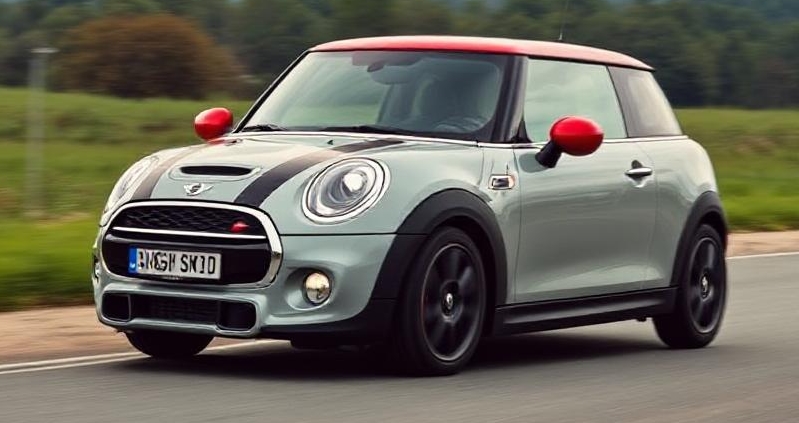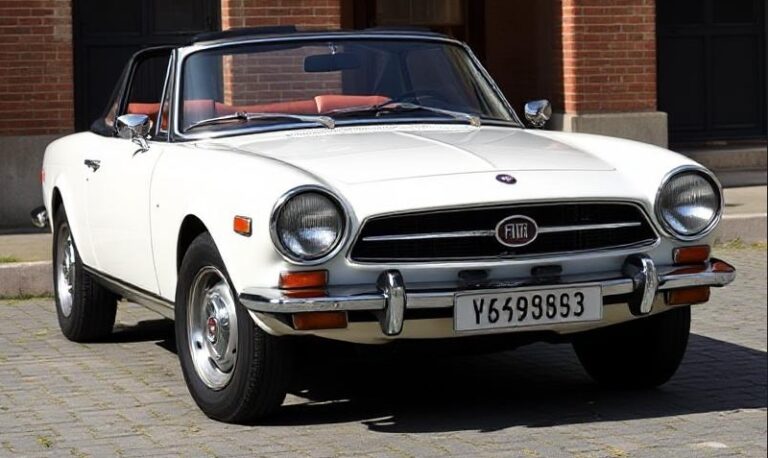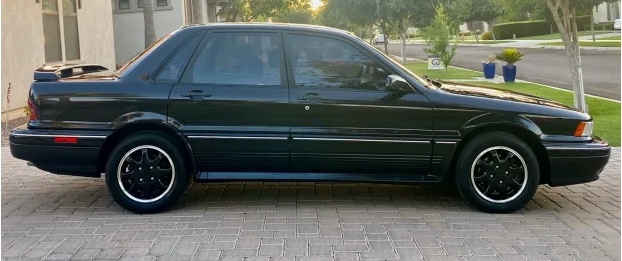The Evolution of the Mini Cooper: A Timeless Icon
The Mini Cooper, an emblem of British automotive culture, has garnered a reputation for its compact size, distinctive design, and spirited performance. Since its inception in the early 1960s, the Mini Cooper has undergone significant evolutions in performance, design, and engineering. This article explores the Mini Cooper’s evolution, detailing the various models, trims, and significant milestones as it solidified its place in automotive history.
The Birth of a Legend: 1961-1967
The story of the Mini Cooper begins in 1961 when the Austin Mini was introduced by the British Motor Corporation (BMC). Designed by Sir Alec Issigonis, the Mini was aimed at being a practical city car but soon gained a motorsport edge thanks to the efforts of racing legend John Cooper.
The first Mini Cooper was launched in 1961 as the “Austin Mini Cooper,” identified by its 997 cc 4-cylinder engine producing 55 hp. This model featured a wider body, upgraded suspension, and distinctive stripes that set it apart from the standard Mini. In 1964, the Mini Cooper S was introduced, sporting a larger 1275 cc engine with 75 hp. The Cooper S became a formidable competitor in motorsports, dominating the Monte Carlo Rally in the 1960s.
The Golden Years: 1968-2000
As the Mini evolved, several models and trims were launched until the original Mini ceased production in 2000. The years from 1968 to 2000 saw a host of variations:
- 1968-1971: The introduction of the Mini Clubman provided a more traditional styling with a rectangular front grille. The Mini Cooper returned as a model in 1971, featuring an improved 1275 cc engine and performance enhancements.
- 1973-1980: The introduction of the “Mini 1100” and “Mini 1275 GT” brought larger engines and sportier performance. The Mini 1275 GT was distinguished by its unique stripe and dual headlights.
- 1980-2000: The Mini underwent various updates, with special editions like the “Mini Mayfair” and “Mini City.” The last version of the Original Mini was the “Mini 7,” which celebrated the brand’s popularity before discontinuation of production in 2000.
The New Era: 2001-Present
The BMW Group acquired the Mini brand in the late 1990s, and in 2001, it introduced a new generation that retained the essence of the original while embracing modern engineering and design. The new Mini Cooper quickly became a global success.
2001-2006: The New Mini (R50, R53, R52)
- 2001: The first new Mini was launched, featuring a 1.6-liter engine available in standard and Cooper S versions. The Mini Cooper produced 115 hp, while the Cooper S offered a supercharged engine with 163 hp.
- 2004: The Mini Convertible (R52) was introduced, appealing to a broader market with its laid-back vibe and stylish design.
- 2005: The Mini Cooper D added a diesel variant, expanding its market presence in Europe.
2007-2013: The Second Generation (R56)
The next evolution of the Mini took place with the R56 series, which saw improvements in safety, fuel efficiency, and technology.
- 2007: The second generation Mini (R56) was launched. The Cooper’s naturally aspirated engine was replaced with a 1.6L four-cylinder, while the Cooper S upgraded to a turbocharged version.
- 2011: The Mini Countryman was introduced, which marked the brand’s venture into the crossover market, catering to a more family-oriented functionality.
- 2013: The Mini Roadster and Mini Paceman were released, diversifying the lineup further.
.
**********
Find the best tires for your vehicle at Mavis
(available in: AL, CT, DE, FL, GA, IL, IN, LA, MA, MD, MO, MS, NC, NH, NJ, NY, OH, PA, RI, SC, TN, TX, VA, WI, WV)
**********
.
2014-2020: The Third Generation (F56)
The Mini underwent another transformation with the F56 series, incorporating updated technology and enhanced performance.
- 2014: The third-generation Mini debuted, featuring a more refined design, LED lights, and adaptive suspension technology. The new Cooper performance levels included the Cooper, Cooper S, Cooper D, and John Cooper Works (JCW).
- 2015: A fully electric variant, the Mini Electric Concept, was unveiled, showcasing the brand’s commitment to sustainability.
- 2017: The Mini Cooper SE was announced, marking the brand’s first entry into the electric vehicle market.
- 2018: The iconic Mini Convertible received improvements in style and technology, solidifying its reputation as a fun, sporty option.
The Modern Mini: 2021-Present
2021-Present: The Current Generation (F57, F60)
As of 2021, Mini continues to evolve:
- 2021: The Mini Cooper SE was officially released, providing a fully electric driving experience without losing the essence of what makes a Mini a Mini. With 181 hp and a range of approximately 110 miles, it represented a substantial step toward the future.
- 2022-2023: The company announced updates to its existing models, enhancing in-car technology, comfort, and innovative features while maintaining the iconic Mini styling.
Model and Trim Levels Overview
- Original Mini (1961-2000):
- Mini Cooper (1961-2000)
- Mini Cooper S (1964-2000)
- Mini 1100 (1968-1980)
- Mini 1275 GT (1973-1980)
- Mini City and Special Editions (1980-2000)
- New Mini (2001-2006):
- Mini Cooper (R50)
- Mini Cooper S (R53)
- Mini Convertible (R52)
- Second Generation (2007-2013, R56):
- Mini Cooper (R56)
- Mini Cooper S (R56)
- Mini Countryman
- Mini Roadster
- Mini Paceman
- Third Generation (2014-2020, F56):
- Mini Cooper (F56)
- Mini Cooper S (F56)
- Mini Cooper D (F56)
- John Cooper Works (F56)
- Current Generation (F57, F60):
- Mini Cooper SE (F57)
- Mini Hatch (F60)
- Mini Convertible (F57)
Conclusion
The Mini Cooper stands as a testament to automotive innovation and cultural significance. From its modest beginnings in the 1960s to its status as a modern electric vehicle, the Mini’s evolution showcases both adaptability and a commitment to performance. The distinct character, exhilarating drive, and versatility ensure that the Mini Cooper remains not only a cherished collectible but also a mainstay in today’s automotive landscape. Regardless of generation, the Mini Cooper continues to embody the spirit of fun and freedom, winning the hearts of enthusiasts worldwide for over six decades.







